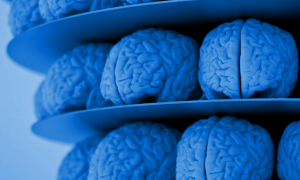Consciousness: An Emergent Property Of Mind-Brain Interaction – presented by Jay Gunkelman
A model of consciousness will be illustrated with physiological data from EEG and Event related potentials. Using millisecond level time resolution, a working model of the interaction between the mind and the brain will be constructed.
The Slow Cortical Potentials generated by Glial activity and the faster gamma activity reflecting activity of bound neural networks will be used to illustrate this model. The physiological correlates of concepts like intention, attention, memory, perception, awareness, sensory differentiation and conscious awareness will all be discussed within the framework of this model. Advanced concepts like neural network binding, nested rhythms, cross-spectral correlation, and the bispectrum will be discussed.
The DC potentials cause an instantaneous phase resetting and binding of a neural network, which can initiate synchronous activity within these neural networks. Current work using this model in clinical work on severe disorders of consciousness, including work by the International Brain Research Foundation on recovery of consciousness in coma cases will be reviewed. The simplest expression of the model: when the DC potentials reflecting activity of the mind interact with gamma activity reflecting neural activity in the brain, the emergent property of this interaction is consciousness.
[youtube]http://www.youtube.com/watch?v=Pv-msnzTk7o[/youtube]
From The Society for Scientific Exploration (SSE)

